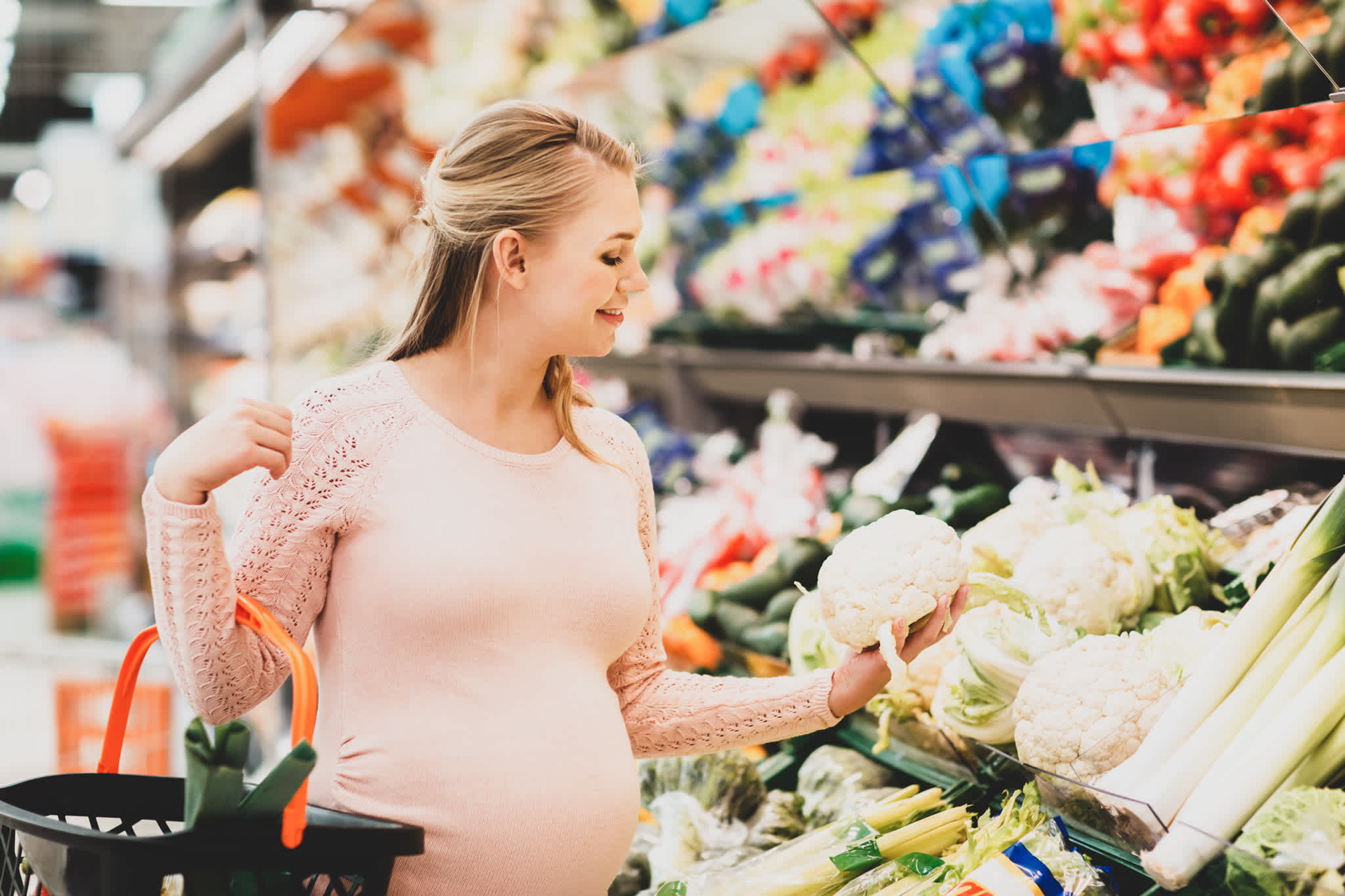
Navigating diverging consumer realities in 2024

As we enter 2024, consumers are facing diverging financial realities. For some households, the dark clouds of inflation are dissipating, allowing them to resume pre-pandemic spending and behaviors. However, for lower income consumers and those impacted by changes to government assistance programs, financial strain will continue to compound. Here are strategies to help CPG brands understand and adapt to these bifurcated consumer mindsets to drive growth in the coming year.
The confident consumer
Having withstood peak inflation with their savings relatively intact, mid to high income consumers who are less price sensitive, are positioned to continue increasing their spend on an array of activities such as travel and discretionary purchases. For CPG brands, opportunities exist to appeal to grocery shoppers who are shifting toward higher quality/premium products and convenience. Per our research conducted earlier this year, households with a yearly income of $100K to $200K consider convenience to be significantly more important when shopping online for pick-up compared to households with a yearly income of $50K or less. And when it comes to promotions, higher income shoppers gravitate toward threshold events (e.g., spend X, save X). Strategies for the confident consumer include:
Offer products designed for easy, on-the-go use, e.g., single serve packages
Spotlight efficiency and convenience value of multifunctional products
Highlight higher tier brands and premium ingredients
Maintain availability of core brands as consumers trade back up
The constrained consumer
For lower income groups (<$50K) who are more price sensitive, lingering financial headwinds will continue to force tradeoffs in 2024. Changes to government assistance programs such as SNAP and the end of emergency childcare funding, as well as resuming student loan repayments further compounds financial challenges. These consumers remain highly value-conscious, seeking ways to stretch budgets in order to put food on the table. This year, consumers stretched their budget for food and groceries by utilizing more coupons and discounts, buying in bulk and repackaging food and buying store brands, among other money-saving strategies. Lower income groups are most likely to search for digital coupons while shopping, especially when shopping perimeter categories such as produce, dairy and meat/seafood, shows research in our year-end report. Strategies for the constrained consumer include:
Offer bulk options, family packs or bonus-sized packs
Maintain introductory or no-frills price point products
Spotlight product benefits that provide cost-savings
Use language and messaging about “spending smarter” and “maximizing value”
Personalized coupons with messages and offers tailored to each consumer
While the consumer landscape is becoming increasingly fragmented, CPG brands can help consumers across the economic spectrum thrive. With the right strategies tailored to each group’s needs and preferences, companies can unlock growth on both ends of the consumer divide. Those that study the data, acknowledge different mindsets and adapt their offerings stand to win in 2024. Learn more about shopper behavior in 2023 and what consumers are optimistic about for 2024 in our new report, “Adapting with resilience: The new customer paradigm.”
Visit our knowledge hub
See what you can learn from our latest posts.
